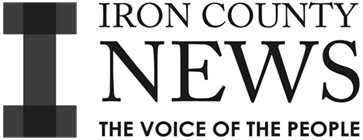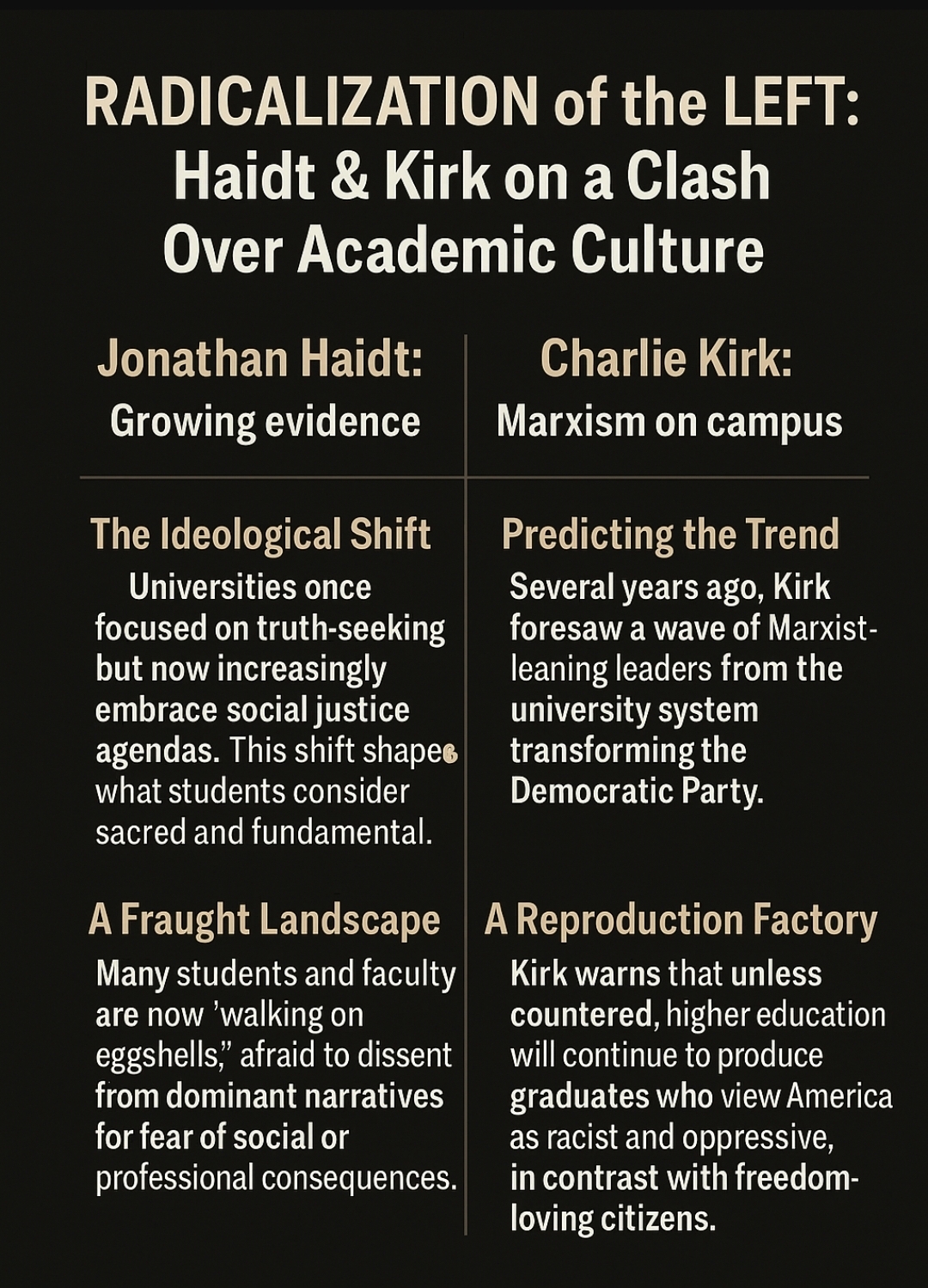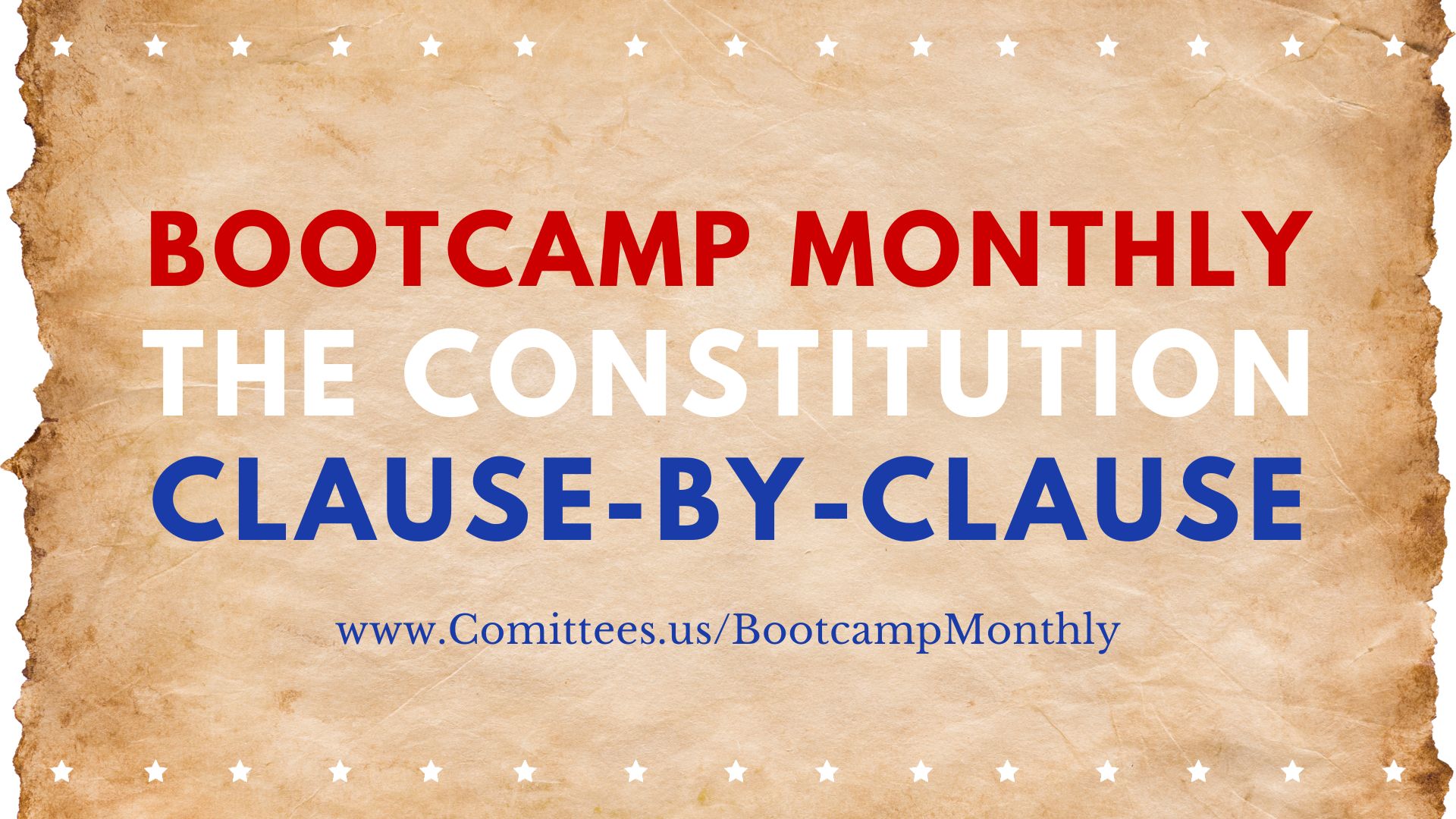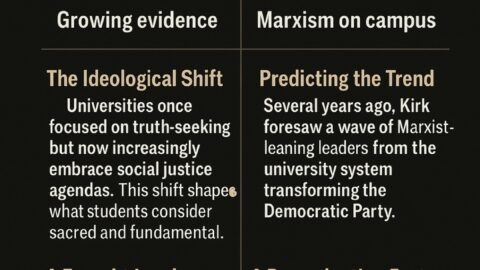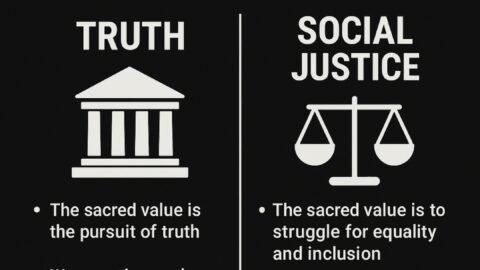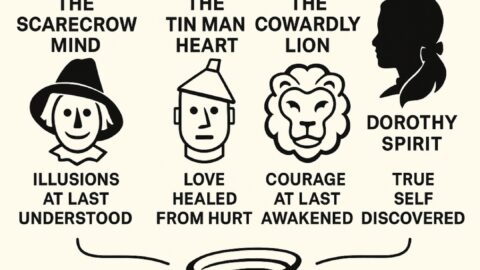The American university has become a battlefield—not just in terms of politics, but in terms of values. Once heralded as temples of truth, debate, and discovery, many universities now find themselves at the center of a cultural conflict over their very purpose. Are they institutions dedicated to the timeless pursuit of knowledge, or engines of activism designed to produce social change? This question is no longer abstract—it defines the lived experience of students, shapes the careers of professors, and spills outward into media, politics, and corporate culture.
Two recent voices sharpen this debate. Jonathan Haidt, in his lecture “Two Incompatible Sacred Values in American Universities,” argues with philosophical clarity that universities cannot serve two masters. They must either choose truth—with its emphasis on debate, disconfirmation, and viewpoint diversity—or social justice—with its emphasis on activism, identity, and disparate outcomes. To attempt both, he insists, is to corrupt the institution’s telos and ultimately fail at both missions.
The late Charlie Kirk, through his activism with Turning Point USA, sounded the alarm from a more populist angle. For Kirk, universities and public schools have been systematically captured by the left, transformed into training grounds for conformity and ideological loyalty rather than independent thinking. Where Haidt diagnoses an internal philosophical contradiction, Kirk identifies an external strategy—what he and others see as the long march through the institutions, where radical ideas gradually captured the academy and then spread into every corner of American life.
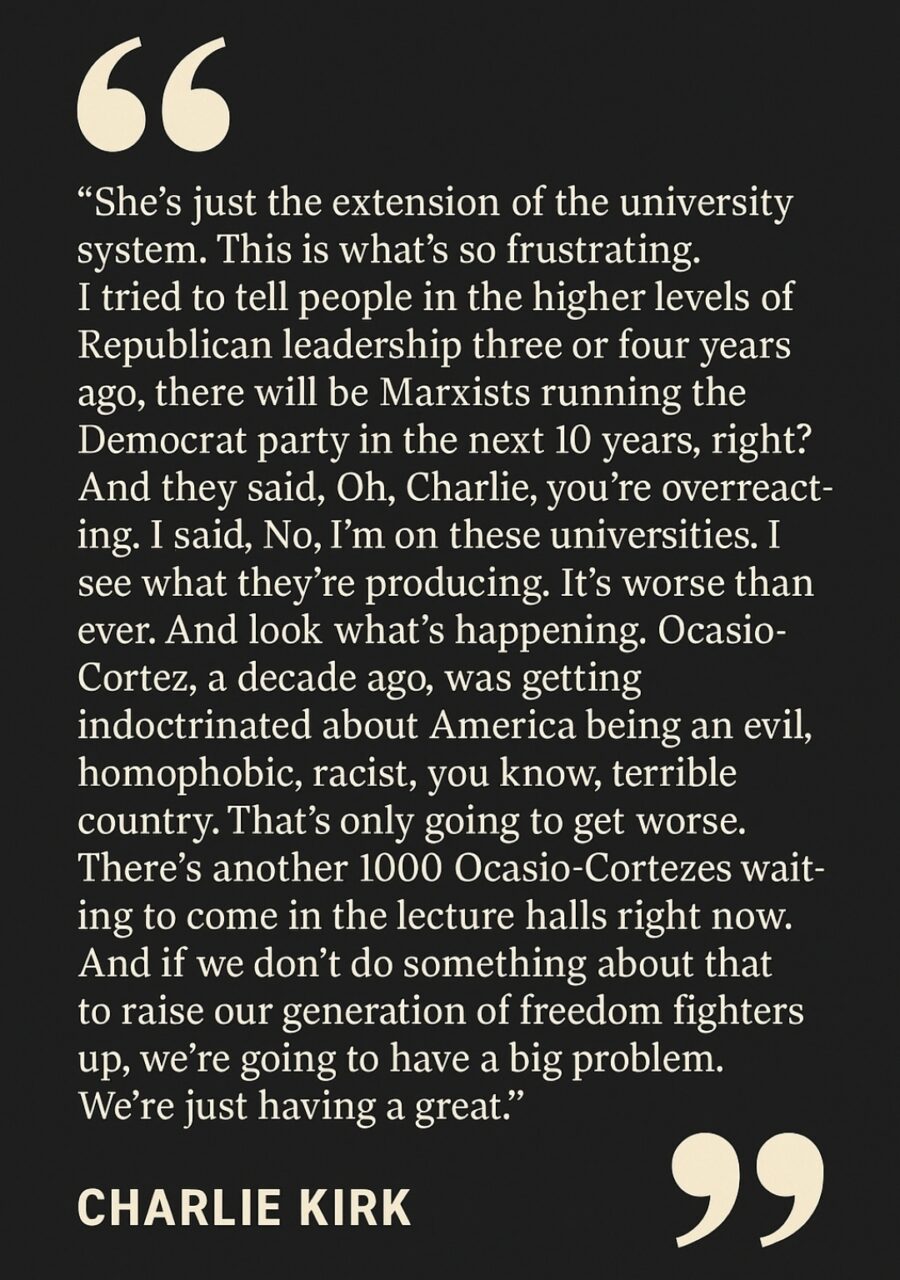
Together, their concerns highlight the deep tension building in public education. The clash is not merely about curriculum choices or campus controversies—it is about whether the university can remain a place where truth is pursued for its own sake, or whether it will serve as the spearhead of a broader ideological project. What is at stake is not just the culture of the campus but the health of democracy itself, since universities remain the seedbed for the nation’s leaders, journalists, policymakers, and corporate executives.
Haidt’s Diagnosis: Truth vs. Social Justice
Haidt’s Diagnosis: Truth vs. Social Justice
Jonathan Haidt frames the university as an institution that, like any craft or profession, must have a central telos—an end purpose that orders its practices and guards against corruption. For centuries, that telos was truth. The pursuit of knowledge meant encouraging divergent viewpoints, fostering rigorous debate, and creating structures of institutionalized disconfirmation—mechanisms that force ideas to be tested against opposition so that weak ones fail and strong ones endure.
But beginning in the 1990s, Haidt argues, a second telos began to rise to co-equal status: social justice. This shift did not appear overnight. It gained strength through the growth of gender studies, race studies, and other identity-focused disciplines. Over time, the emphasis on activism and equity seeped beyond those departments into the broader humanities and social sciences.
At first, social justice was framed as a corrective—a necessary broadening of the curriculum, the canon, and the faculty. There were undeniable gains: more diverse voices studied, more diverse scholars welcomed. But as social justice grew from an emphasis to a mandate, it displaced the older telos of truth. Instead of asking “What is true?” universities increasingly asked, “What advances equity?”
This change carried profound consequences:
- Ideological Homogeneity: By the mid-2000s, left/right faculty ratios in the humanities skyrocketed from 2:1 to 17:1 or higher. With so few dissenting voices, “institutionalized disconfirmation” collapsed. Weak ideas were no longer filtered out. They became dogma.
- Blasphemy Zones: Certain questions—on gender differences, family structure, cultural practices, or disparities—became untouchable. To even raise them risked professional ruin. Haidt calls this the creation of blasphemy laws within academia.
- Student Fragility: Students, no longer exposed to robust intellectual disagreement, learned to walk on eggshells. Speech codes, microaggressions, and “safety culture” reinforced the lesson that disagreement is danger.
- Scholarship as Activism: When disparities are automatically read as discrimination, inquiry collapses into confirmation. Instead of asking why differences exist, scholars simply assume the cause and call for activism.
Haidt’s point is subtle but devastating: when universities lose truth as their telos, they lose the only safeguard against motivated reasoning—our natural human tendency to seek evidence for what we already want to believe. Without rigorous opposition, bad ideas spread unchecked. Whole disciplines can become echo chambers, rewarding moral fervor over intellectual courage.
And this is where Haidt’s diagnosis converges with Kirk’s charge: isn’t this precisely a form of radicalization? When truth is subordinated to activism, when the campus is restructured around sacred categories and blasphemy laws, when disagreement is treated as danger—this is no longer a neutral shift in emphasis. It is the radicalization of the academy itself.
The irony is sharp: universities, once the guardians against dogma, now enforce their own. What began as a pursuit of justice has metastasized into a political religion—complete with sacred values, heresies, priests, and rituals. And like all political religions, it reshapes not only belief but behavior: how students argue, how professors teach, how institutions hire, and ultimately how graduates carry their worldview into the broader society.
Kirk’s Critique: Radicalization Through Public Education
If Haidt’s lens is that of a philosopher tracing a telos, Charlie Kirk’s lens is that of an activist sounding an alarm. Through Turning Point USA, Kirk has crisscrossed campuses, debated students, and confronted faculty, and he has emerged with a blunt charge: the American education system has been captured, and it now functions less as a forum for inquiry than as an apparatus of indoctrination.
For Kirk, universities and public schools are not neutral battlegrounds where ideas compete. They are incubators of conformity where dissenting voices—especially conservative or religious ones—are either silenced or socially punished. Classrooms, curricula, and administrative structures elevate one worldview—progressive, “woke,” identity-driven—and push others to the margins.
Radicalization by Design: Indoctrination Zones
Kirk argues that when young people are immersed in an environment where one narrative is dominant, sacred, and unquestionable, the effect is not education but radicalization. Students are trained not how to think but what to think. They learn to police their peers, denounce “wrong” speech, and internalize ideological binaries—oppressed vs. oppressor, just vs. unjust, right vs. hateful. In his framing, the very skills a university once cultivated—critical thinking, debate, intellectual courage—are now treated as subversive.
Bureaucracy and the Scam of the Degree
Kirk also points to the structural radicalization of public education. Bloated bureaucracies, skyrocketing tuition, and debt-laden degrees have, in his telling, transformed the university into a trap: a place where students pay heavily to be credentialed, not educated. The rigidity of the four-year model, he argues, conditions young people to submit to systems rather than question them, to seek credentials rather than mastery, to follow trends rather than cultivate tradition. In this way, radicalization is not only ideological but behavioral: students are habituated into dependency, conformity, and obedience.
Naming the Gatekeepers: The Watchlist Tactic
Through initiatives like the Professor Watchlist, Kirk has dramatized the battle lines by naming faculty who, in his view, cross the line from teaching to propagandizing. Critics see this as harassment, but Kirk frames it as exposing the “gatekeepers” who radicalize students from the lectern. In his narrative, these professors are not neutral scholars but agents of ideological capture who must be confronted and resisted.
The Feedback Loop: How the Right Radicalizes Too
Kirk’s critique also acknowledges an uncomfortable reality: radicalization is not only a left-wing phenomenon. Conservatives, when confronted with ideological coercion, often radicalize in response. The sense of being silenced or excluded can produce its own escalation—anger that morphs into absolutism, opposition that hardens into hostility. In Kirk’s framing, the danger is not only the left’s monopoly on the academy but the way that monopoly creates a feedback loop of radicalization: as one side indoctrinates, the other side mobilizes defensively, often in ways that mirror the very rigidity it resists.
The Larger Point
Haidt’s diagnosis of telos corruption and Kirk’s charge of indoctrination describe the same phenomenon from different angles: universities that once pursued truth have become institutions that produce ideological soldiers. The result, in Kirk’s view, is a generation radicalized not only in political beliefs but in mindset: less tolerant of debate, more fragile in identity, and more prone to treat disagreement as enmity.
What Haidt frames as a philosophical corruption, Kirk frames as a cultural emergency. Both converge on the same warning: if the university does not reclaim its role as a guardian of truth, it will continue to serve as the command center of a broader radicalization project—one that reshapes not just the academy, but the nation.
| Shared Concern | Haidt’s Observation | Kirk’s Critique | Radicalization Dynamic |
|---|---|---|---|
| Ideological Homogeneity | Many departments now overwhelmingly lean left, reducing viewpoint diversity and the disconfirmation that keeps scholarship honest. | Conservative voices are shut out, punished, or marginalized on campuses. | Homogeneity breeds echo chambers. When one worldview dominates unchecked, disagreement becomes heresy, and students are radicalized by immersion in a single moral lens. |
| Fragility and Safetyism | Students walk on eggshells, afraid to challenge orthodoxy; speech is policed through “safety” rhetoric. | Universities reward “safe” speech and punish dissent, teaching young people conformity over courage. | Fragility morphs into militancy: once students equate disagreement with violence, silencing the “threat” becomes a moral duty. This converts fragility into justification for censorship and activism-as-protection. |
| Disparities Misinterpreted | Haidt warns against treating disparities as definitive proof of discrimination without causal inquiry. | Kirk critiques outcome-based arguments (gender gaps, diversity metrics) when detached from underlying causes. | A disparity interpreted as systemic injustice fuels grievance politics. When the narrative hardens into dogma (“all gaps = oppression”), activism radicalizes into perpetual struggle with no room for complexity or reform. |
| Corruption of Telos | When social justice overtakes truth, research and teaching lose rigor. | When ideology replaces inquiry, higher education stops producing skilled, free thinkers. | A corrupted telos reorients the institution toward political catechism. Students are radicalized not through open debate but through rituals of affirmation, where identity and loyalty matter more than reason. |
Key Points of Divergence
Key Points of Divergence: Two Paths, Two Radicalization Stories
While Haidt and Kirk converge on the problem of universities drifting from truth toward ideology, their differences in tone, strategy, and framing also matter. These divergences highlight two distinct narratives about how radicalization takes root—and what to do about it.
Tone & Strategy
- Haidt’s Approach: He speaks as a scholar and diagnostician. His style is careful, data-driven, philosophical. He is less interested in mobilizing crowds than in persuading institutions to reform. His language emphasizes clarity, caution, and course correction. Radicalization, in Haidt’s telling, is a tragic drift: the academy lost its telos and now risks producing brittle, ideologically conformist graduates.
- Kirk’s Approach: He speaks as an activist and warrior. His method is direct confrontation—naming names, exposing practices, rallying students, and calling parents to arms. Kirk doesn’t just diagnose; he agitates. For him, radicalization is not drift but capture by design—the result of a long march through the institutions. His tone mirrors the urgency of a battlefield: if you don’t fight back, you lose.
Prescriptions
- Haidt’s Proposal: Universities should choose a dominant telos. If truth is chosen, guardrails of institutionalized disconfirmation, free speech protections, and viewpoint diversity must be strengthened. For him, radicalization can be slowed—or even reversed—by building better structures for disagreement and scholarly rigor.
- Kirk’s Proposal: Kirk sees the institutions as already too compromised. His solutions are activist and external: create parallel institutions (homeschooling, apprenticeships, alternative colleges), legislate against ideological coercion, and empower students to resist indoctrination in real time. For Kirk, radicalization has already metastasized within the academy; the only way forward is resistance and replacement.
View of Social Justice
- Haidt’s Position: Haidt acknowledges social justice as a legitimate moral concern—racial equity, gender equality, and protection of marginalized groups matter. But he insists they must be anchored in truth-seeking practices, or else the pursuit corrupts scholarship. Radicalization here happens when noble intentions are unmoored from rigorous inquiry.
- Kirk’s Position: For Kirk, social justice is not a noble aim that needs anchoring; it is a Trojan horse ideology—a rhetorical weapon wielded to suppress dissent, redefine freedom, and entrench left-wing dominance. Radicalization is not an accident of imbalance but the explicit program of those advancing the social justice agenda.
The Divergence and Radicalization
The contrast reveals two radicalization stories:
- Haidt’s Story: Radicalization = institutional fragility. A drift from truth to social justice weakens debate, undermines scholarship, and produces conformity instead of inquiry. The danger is systemic brittleness, not militant mobilization.
- Kirk’s Story: Radicalization = ideological capture. A hostile project seized schools and universities to weaponize education for leftist activism. The danger is not fragility but militancy—an activist generation trained to view opponents as enemies.
Together, these divergences enrich the picture: Haidt warns of the slow erosion of the academy’s immune system against bad ideas; Kirk warns of the deliberate infection of the body politic through education. Both diagnoses point to the same crisis—an academy producing radicalization—but they trace its origin and its solution through very different paths.
The Risk of Radicalization and How It Emerges
Bringing Haidt’s philosophical diagnosis together with Kirk’s activist critique makes the contours of radicalization clearer. What looks at first like isolated campus trends—fragility, speech suppression, ideological imbalance—actually form a pattern that transforms education into a radicalizing environment. These dynamics apply both to the left and the right, but in the context of universities, they disproportionately lean left due to institutional capture.
1. Sacredizing Identities and Grievances
- When identities (racial, gender, political) or grievances (historical oppression, systemic injustice) are treated as sacred, they become immune to criticism.
- Haidt notes that once the “victim” becomes the sacred object, questioning becomes blasphemy. Kirk sees the same pattern in “woke” dogmas that punish dissenters.
- Radicalization dynamic: Sacredness removes the guardrails of debate. If challenging an idea is treated as violence or betrayal, then the only permissible action is escalation—defend the sacred at all costs.
2. Over-Reliance on Moral Binaries
- Haidt calls this the collapse of complexity into “truth vs. lies,” “good vs. evil.” Kirk observes how conservative students are forced to choose between silence or being branded as oppressors.
- Radicalization dynamic: Moral binaries compress nuanced issues (immigration, policing, equity) into loyalty tests. The “gray” disappears. Students learn to view opponents not as misguided peers but as existential threats. This is the psychological soil in which radical activism grows.
3. Suppression of Dissent → Fragility → Resentment
- Haidt highlights how students “walk on eggshells,” afraid to voice disagreement. Kirk emphasizes how dissenting speech is punished socially or institutionally.
- Radicalization dynamic: Suppression weakens intellectual resilience (students never learn to defend their beliefs), but it simultaneously fuels hidden resentment. Silence in the classroom becomes rage online or in alternative echo chambers. Fragility on one side breeds militancy on the other.
4. Mobilization Through Crisis and Outrage
- Both men note the preference for outrage narratives over deliberation. Grievances are broadcast, amplified, and moralized into urgent crises.
- Radicalization dynamic: Crisis mobilization accelerates political action but bypasses careful reasoning. When every disagreement is framed as an existential threat, compromise feels like betrayal, and escalation feels righteous.
5. Institutional Incentives for Conformity
- Haidt points to how funding, publications, and hiring reward those who echo dominant narratives. Kirk argues the system itself is designed to reward loyalty to leftist orthodoxy.
- Radicalization dynamic: Institutions stop producing contrarians and start producing loyalists. Innovation dries up. Students and faculty learn that safety lies in conformity, while resistance carries costs. In time, only the most hardened dissenters remain willing to oppose, and their resistance often takes on radical forms.
The Bottom Line
Radicalization doesn’t happen overnight—it emerges through patterns that erode the guardrails of pluralism. Sacredness without critique, binaries without nuance, suppression without debate, outrage without deliberation, and conformity without courage—these are the ingredients. Combined, they transform universities from forums of truth-seeking into incubators of ideological militancy.
Guardrails: What Reform Might Look Like
Guardrails: What Reform Might Look Like
If Haidt and Kirk are correct, then universities don’t just risk becoming politically lopsided—they risk becoming radicalizing environments. Guardrails are not about silencing passion; they are about channeling it constructively, ensuring that the pursuit of justice remains tethered to truth and that outrage doesn’t metastasize into militancy. Both thinkers, in different ways, point to reforms that could reset the balance.
1. Enforce Viewpoint Diversity
- Reform: Actively recruit faculty and invite guest speakers across the ideological spectrum. Build curricula that juxtapose opposing schools of thought.
- Radicalization Check: Without competing perspectives, motivated reasoning hardens into dogma. Diversity of viewpoint institutionalizes disconfirmation—forcing students to see that their “side” isn’t the whole picture. It keeps sacred values from calcifying into unquestioned orthodoxy.
2. Protect Free Speech
- Reform: Adopt clear policies (like the Chicago Principles) that guarantee expression, while prohibiting protest tactics that silence others.
- Radicalization Check: Suppressing dissent breeds intellectual fragility and underground resentment. Protecting speech inoculates against grievance-fueled escalation by teaching that bad ideas are defeated through argument, not censorship.
3. Teach Critical Thinking
- Reform: Require training in evidential reasoning, logical fallacies, and methodological literacy (e.g., correlation ≠ causation).
- Radicalization Check: Much radicalization thrives on “evidence shortcuts” (disparity = discrimination, or slogans = proof). Teaching students how to weigh claims keeps the moral passion of social justice anchored in reality-testing.
4. Promote Antifragility in Education
- Reform: Structure classrooms around intellectual sparring—exposure to discomfort, supervised debates, assignments requiring students to steel-man opposing views. Reward intellectual courage in grading and recognition.
- Radicalization Check: Fragility cultures radicalize because disagreement feels like violence. Antifragility training teaches resilience. Students learn that critique is not an attack but a growth tool—stopping escalation cycles before they form.
5. Increase Transparency
- Reform: Require disclosure of donor influence on programs, political leanings in departments, and ideological assumptions in syllabi.
- Radicalization Check: Secrecy breeds conspiracy. Transparency arms students and parents with knowledge, reducing susceptibility to “hidden agenda” narratives. It drains oxygen from the idea that education is a covert indoctrination machine.
6. Support Alternatives
- Reform: Elevate apprenticeships, technical schools, online platforms, and non-traditional education paths as equally valid forms of learning.
- Radicalization Check: If universities monopolize the meaning of “education,” disillusioned students can only choose between compliance or rebellion. Alternatives diffuse this pressure, reducing the sense that higher ed is an ideological bottleneck one must either conform to or fight against.
Why Guardrails Matter
Without reform, universities risk becoming ideological accelerators: places where outrage is ritualized, complexity is collapsed into binaries, and the sacred cannot be questioned. With guardrails, the same passion for justice and truth can be channeled into civic engagement, innovation, and lawful activism.
Radicalization thrives in closed systems; guardrails reopen the system to competing voices, critique, and humility. The question is not whether universities will form students—they always will—but whether they will form radicals defined by purity tests or citizens strengthened by rigorous truth-seeking.
What Happens When You Blend the Two Worlds
What Happens When You Blend the Two Worlds
When Jonathan Haidt’s concern about telos corruption (truth displaced by social justice) is placed alongside Charlie Kirk’s critique of ideological suppression (universities as indoctrination zones), a sharper picture comes into focus. It isn’t just that universities are drifting left; it’s that they are redefining their very mission in a way that creates a radicalization loop on both sides.
- Universities radicalize the left. By elevating social justice from a subject of inquiry to a sacred telos, universities sanctify identity categories and grievances. Students are trained to interpret disparities as proof of oppression, dissent as violence, and speech as harm. The intellectual environment narrows, fragility increases, and activism becomes not just encouraged but morally mandated. This produces an activist class primed for escalation and resistant to compromise.
- Universities provoke radicalization on the right. As Kirk highlights, conservatives in this environment feel like dissidents behind enemy lines. They see themselves as censored, mocked, or punished for speaking the truth. This fosters resentment, which spills over into anger at “the system” as a whole. Parents, churches, donors, and politicians come to view universities not as civic treasures but as corrupted institutions. In response, the right mobilizes through its own radicalizing channels: populist outrage media, alternative universities, and legislative crackdowns.
- The feedback loop. Haidt diagnoses the internal mechanism (sacred values crowding out disconfirmation). Kirk names the external reaction (pushback that paints universities as enemy territory). When combined, these create a feedback spiral: the more universities embrace ideological uniformity, the more conservatives disengage or retaliate—sometimes by abandoning the truth-seeking ethos altogether. The result is a hardening of two camps: one radicalized in the name of social justice, the other radicalized in the name of resisting it.
- The cost of the schism. Instead of universities serving as shared civic spaces for testing ideas, they become markers of polarization. To the left, they are sacred spaces of justice; to the right, they are symbols of corruption. Neither side sees them as legitimate arbiters of truth. That collapse of institutional legitimacy is precisely what drives wider social radicalization, since when truth has no agreed venue, every faction builds its own echo chamber.
Final Reflection
Final Reflection
If American universities must choose between Truth and Social Justice as guiding purposes, the stakes could not be higher. Universities do not merely educate individuals; they shape the norms of entire generations, influence public discourse, and provide legitimacy to ideas that later shape law and culture. When their mission drifts, the ripple effects are civilizational.
Clarity of mission matters. When universities operate as if they are primarily activist organizations, those who entered expecting institutions of open inquiry feel betrayed. That betrayal has consequences: students disengage, donors redirect funds, parents look for alternatives, and political leaders escalate oversight. The erosion of trust is not neutral—it is destabilizing. It feeds the perception that universities are no longer arbiters of truth but instruments of ideology.
Both Haidt and Kirk, in their different ways, are sounding alarms.
- Haidt warns from within: when truth ceases to be the telos, the very machinery of scholarship—disconfirmation, free debate, diverse viewpoints—grinds to a halt. The result is intellectual fragility on the left, where dissent becomes taboo and ideology masquerades as knowledge.
- Kirk warns from without: when universities double down on ideology and silence dissent, they provoke an equal and opposite reaction. Conservatives, feeling shut out, radicalize in response—rejecting universities wholesale, building counter-institutions, and treating higher education as enemy territory rather than a common good.
Together, their warnings reveal a dangerous cycle: activist capture fuels radicalization on the left; conservative backlash fuels radicalization on the right; each side’s escalation justifies the other’s fears. Universities, once a neutral ground for hashing out truth, become instead crucibles of polarization.
The path forward requires guardrails. Without firm recommitments to truth, transparency, and intellectual pluralism, universities will continue to be seen not as safe places for learning but as cultural battlegrounds where radicalization is bred and exported. With recommitments, however, they can still serve as beacons—proving that deep conviction and open inquiry are not mutually exclusive but mutually necessary.
The choice is stark: universities can either recommit to their founding telos of truth, making themselves credible again across the political spectrum, or they can continue drifting toward activism and identity absolutism—fueling the very radicalization that now threatens democracy itself.
